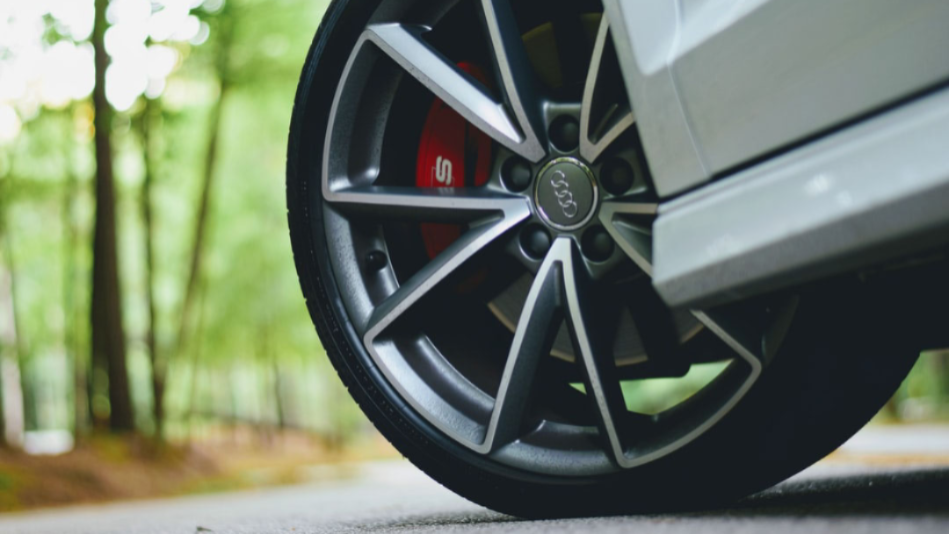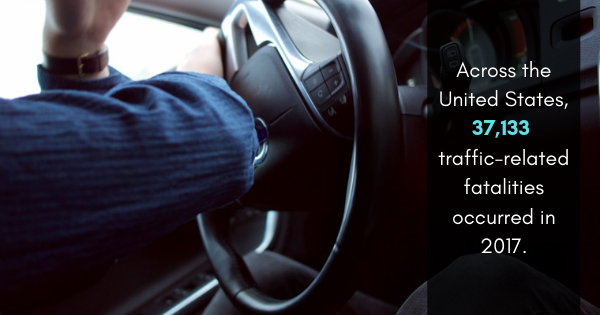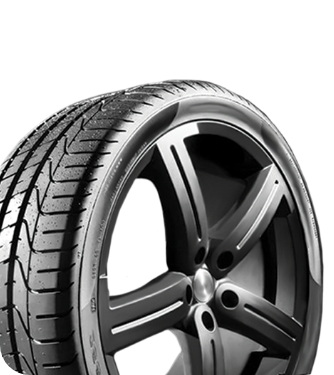

The Dangers of Driving on Bald Tires: What You Should Know
Safety Tips |Your tires are a crucial component of your car that must remain strong to ensure your safety on the road. When tires are unsafe and worn down, the risks multiply exponentially. Driving on bald tires won’t just affect your vehicle’s performance; it can put you, your passengers, and other drivers in serious danger.
Understanding the dangers of driving on bald tires and knowing what to do can save your life and protect your wallet from costly repairs. Follow this guide to explore the hazards of driving on bald tires, how to identify warning signs, and gain actionable steps that will keep you safe on the road.
What Are Bald Tires?
Bald tires occur when the tread depth wears down to an unsafe level. New tires typically start with 10/32″ to 12/32″ of tread depth. Once the tread wears down to 2/32″ or less, tires are legally considered bald in most states.
Tread serves multiple critical functions for your tires, such as channeling water away from the tire’s surface, providing grip on road surfaces, and maintaining traction while driving. When the tread disappears, your vehicle loses these essential safety features.
Most drivers don’t realize how quickly tire performance can deteriorate as tread depth decreases. Even tires with 4/32″ of remaining tread, which is still legal to be on the road, can show reduced performance in wet conditions compared to new tires.
The Serious Safety Risks
Driving on worn-out tires poses severe safety risks that can endanger both the driver and others on the road. Understanding these risks is crucial for making informed decisions about tire maintenance and replacement, ensuring a safer driving experience for everyone.
Reduced Traction and Control
Bald tires dramatically reduce your vehicle’s ability to grip the road surface. This loss of traction affects every aspect of driving, from routine lane changes to emergency maneuvers. When you need to brake suddenly or swerve to avoid an obstacle, bald tires can’t provide the grip necessary for safe vehicle control.
Rubber compounds found in worn tires can also harden over time and reduce their ability to conform to road irregularities and maintain contact with the ground. This hardening creates a dangerous situation where your steering inputs may not translate to predictable vehicle movements.

Increased Stopping Distance
One of the most dangerous consequences of bald tires is dramatically increased stopping distances. Tests conducted by tire manufacturers show that vehicles with bald tires can require up to 40 percent more distance to stop compared to vehicles with adequate tread depth.
At highway speeds, this difference can mean the distinction between avoiding a collision and a potentially fatal crash. A vehicle traveling at 60 mph with new tires might stop in 120 feet, while the same vehicle with bald tires could require 170 feet or more to come to a complete stop.
Hydroplaning Risk
Wet roads are extremely hazardous for even the most skilled drivers, and driving on bald tires makes it nearly impossible. On bald tires, the tread grooves that channel water away from the tire’s contact patch are compromised or absent. This creates ideal conditions for hydroplaning, where a layer of water builds up between the tire and the road surface.
When your car hydroplanes, it essentially floats on a thin layer of water, losing complete contact with the road. Your steering, braking, and acceleration are all ineffective during this time, leaving you with no control over where your vehicle is going.
Blowout Potential
Bald tires are more likely to fail suddenly while you’re on the road. The remaining tire structure becomes so stressed without its protective tread layer that it could suddenly rupture. Tire blowouts can happen anywhere, and when they occur at high speeds, such as on the highway, they can cause drivers to lose control instantly and skid across lanes.
Financial Consequences Beyond Safety
While your safety is the most important part of being on the road, you can also face other consequences for driving on bald tires. Outside of safety, you can face financial consequences that can range from mild to severe effects on your life.

Higher Insurance Costs
Many insurance companies consider bald tires a form of negligent maintenance. If you’re involved in an accident and investigators determine that bald tires contributed to the incident, your insurance company might classify you as an at-fault driver, resulting in higher premiums.
Increased Fuel Consumption
Your engine already works hard to propel your car forward, and bald tires make it so much harder. When you drive on bald tires, it increases rolling resistance, which forces the engine to work harder to maintain speed.
This increased resistance translates directly to higher fuel costs. While the difference might seem minimal day-to-day, it adds up significantly over time.
Additional Vehicle Damage
Driving on bald tires can cause damage to other parts of your vehicle. Poor traction leads to wheel spin, which causes stress on your transmission and differential. Reduced control can result in curb strikes that damage wheels, suspension components, and alignment settings.
Identifying Tire Wear Patterns
Properly identifying tire wear patterns is essential for maintaining both your safety and the longevity of your vehicle.
Penny Test
Penny tests are a quick way to assess tread depth with no equipment besides your average penny. Place a penny into the groove of the tire’s tread with the head pointing down. If you can see the top of Lincoln’s head, then your tread is too worn out and you should seek an immediate replacement.
Professional Inspection
Regular professional tire inspections can identify wear patterns that indicate alignment issues, improper inflation, or suspension problems. Addressing these underlying issues can extend tire life and improve vehicle safety.
Visual Warning Signs
Look for visible wear indicators—small rubber bars that appear across the tread grooves when the tire reaches 2/32″ depth. Cracks in the sidewall, bulges, or any visible tire cords indicate immediate replacement needs.
Taking Action for Your Safety
Driving on bald tires is never worth the danger that comes with it. The potential consequences—from financial devastation to loss of life—far outweigh any perceived savings from delaying tire replacement.
If your tires show signs of significant wear, prioritize replacement immediately. Consider shopping around for competitive prices, but don’t compromise on quality. Your tires are an investment in your safety and the safety of everyone sharing the road with you.
When you need new tires, check out RNR Tire Express’ tires in Corpus Christi. You can find the right tires for your vehicle and avoid driving on bald tires. Our affordable financing options give you the chance to find the best tires without worrying about price. Drive safely with RNR Tire Express.





